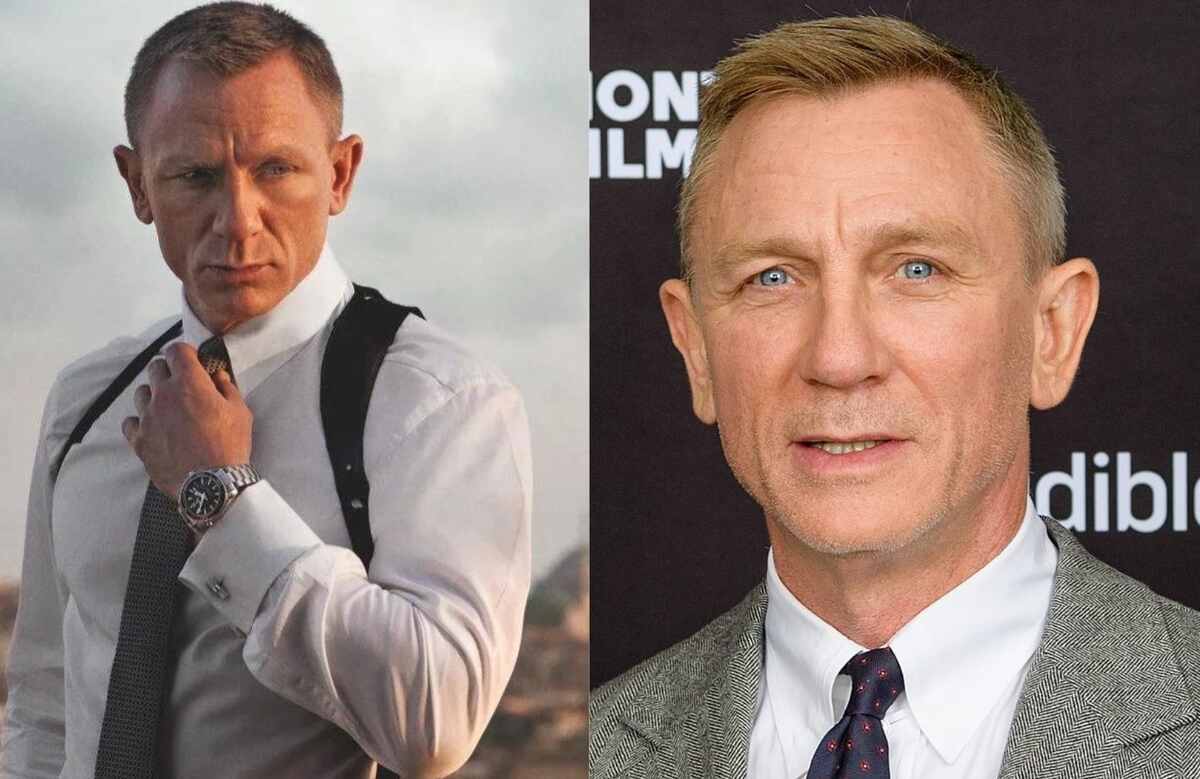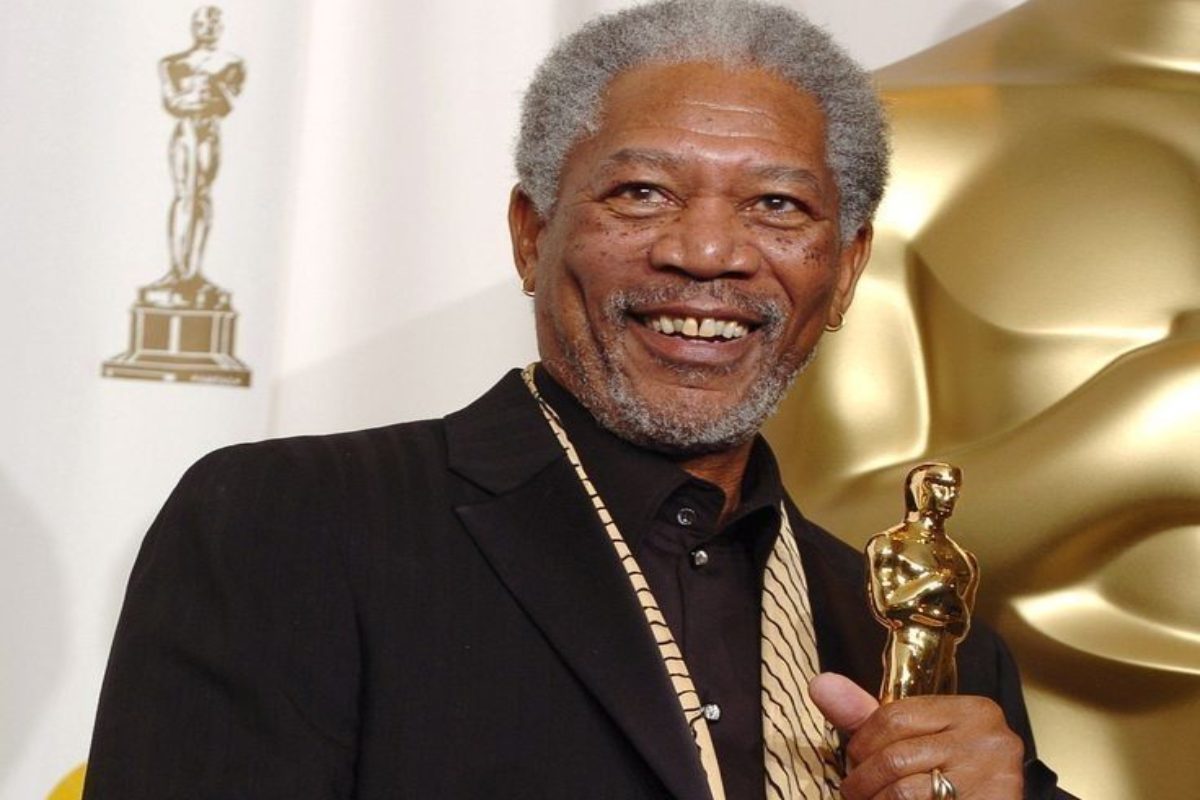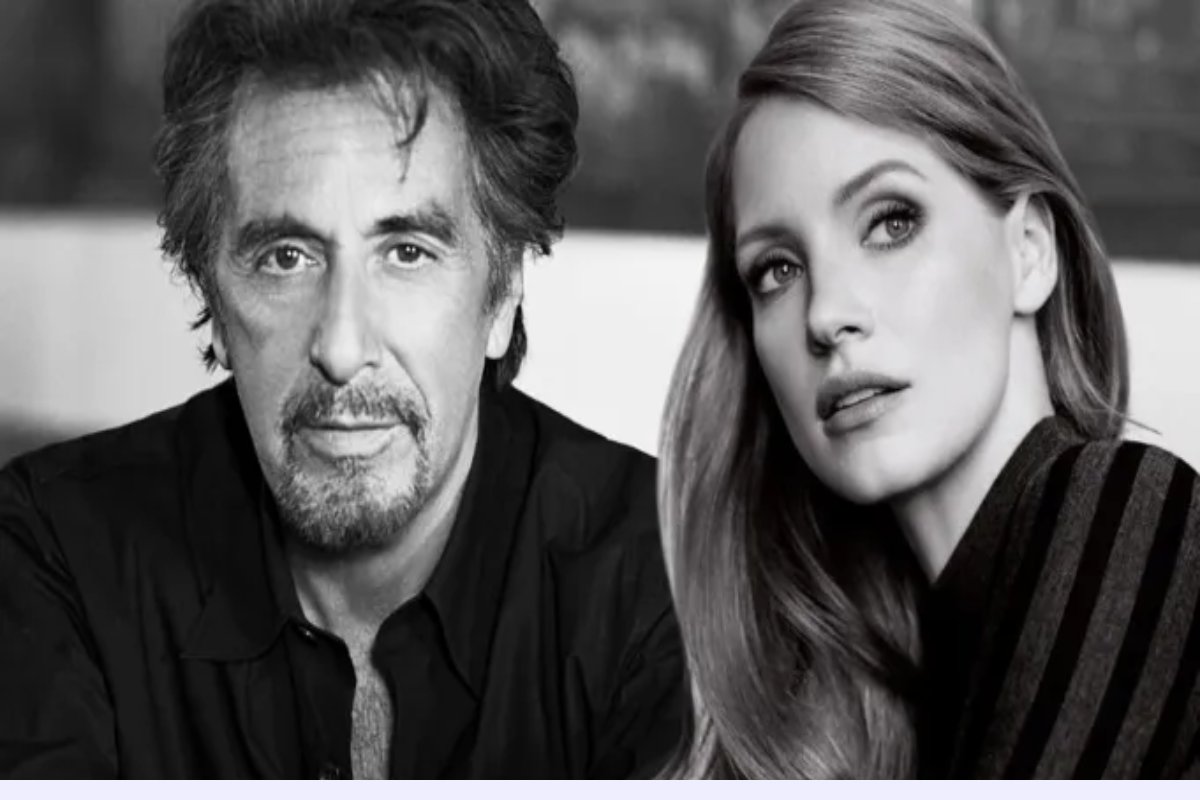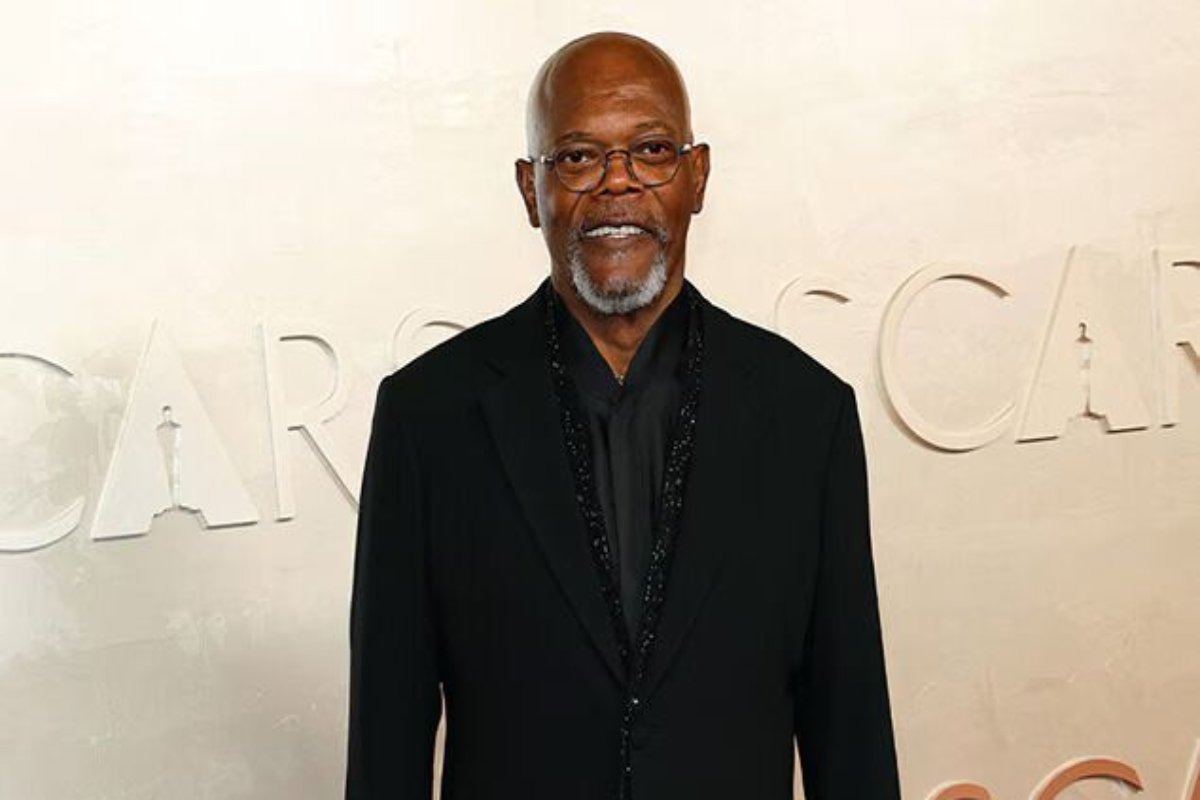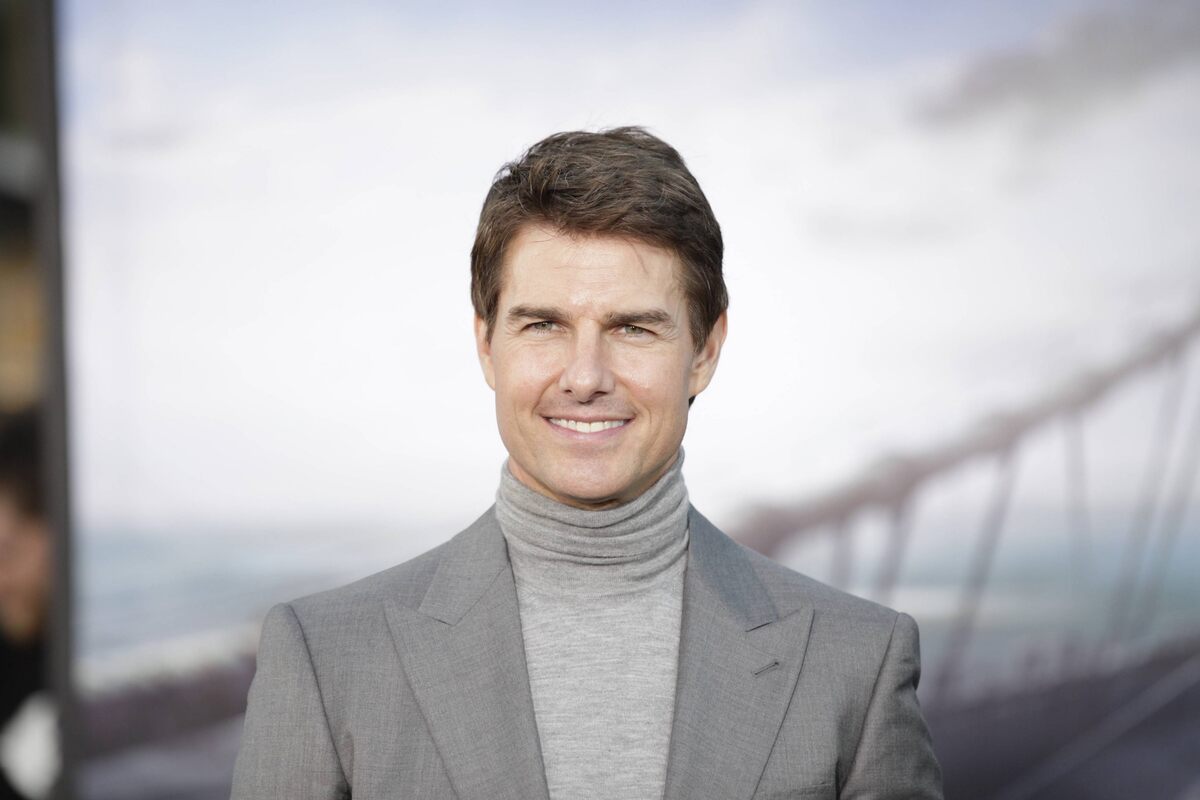Daniel Craig, a luminary in cinema, continues to captivate audiences far beyond his tenure as the sophisticated and magnetic James Bond. With his recent portrayal of a gay character in Glass Onion and a forthcoming role in Queer, Craig has reignited public curiosity—not only about his acting choices but about his identity. These portrayals, while fictional, have sparked extensive debate and speculation about Daniel Craig’s sexuality, leading to the widespread question: Is Daniel Craig gay?
Is Daniel Craig Gay?
Despite persistent public speculation, Daniel Craig is not gay. He has been married to acclaimed actress Rachel Weisz since 2011, and they share a private yet steadfast relationship. His decision to take on LGBTQ+ roles in projects like Glass Onion and Queer stems from a professional commitment to authentic storytelling, not from his orientation.
Portraying a character from a different lived experience is a hallmark of great acting. In Craig’s case, the “Daniel Craig gay” question underscores a broader misunderstanding: that a convincing portrayal is somehow reflective of the actor’s real life. It is not.
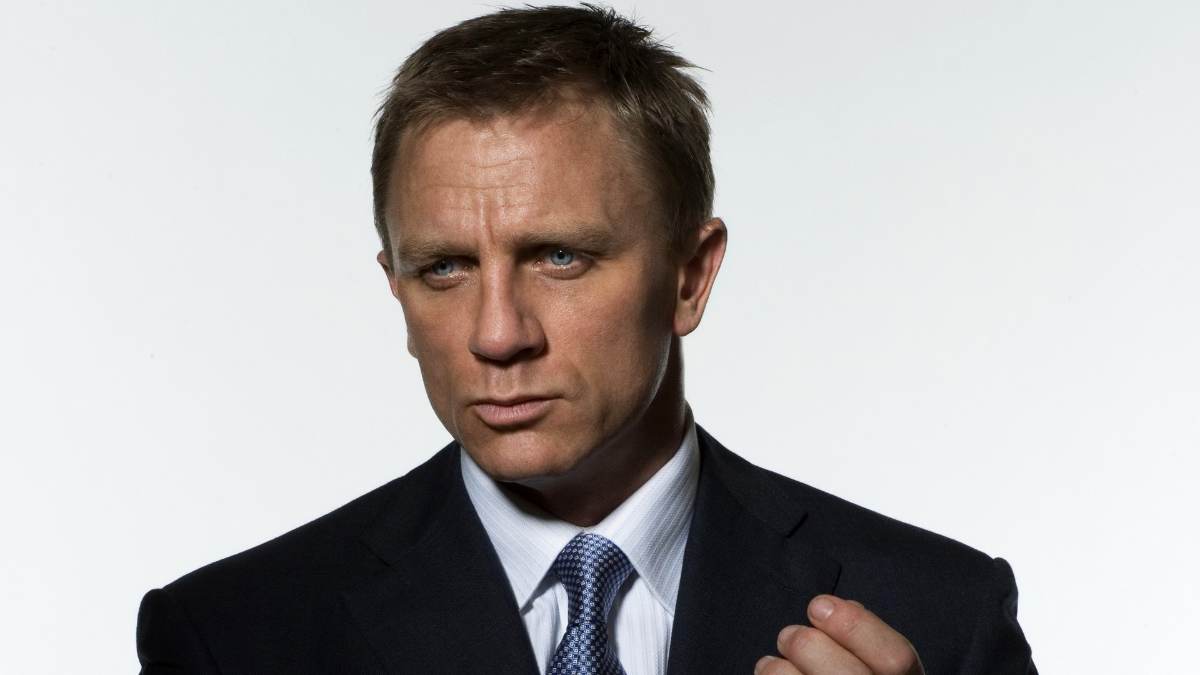 On-Screen Representation and Real-Life Reflections
On-Screen Representation and Real-Life Reflections
In an interview with The Sunday Times, Craig discussed the emotional contours of his character’s relationship in Glass Onion. He noted:
“When making films, you are supposed to reflect life. And that gay relationship reflects my life.”
This statement, though cryptic, is less a confession and more a philosophical meditation on empathy and universality. The phrase has been widely misinterpreted, leading to sensational headlines. Craig uses the narrative to champion the importance of human connection, regardless of gender or orientation.
The Distinction Between Actor and Character
Actors inhabit fictional personas. It is vital to dissociate Craig’s identity from the characters he portrays. His depiction of a tragic, drug-addicted gay man in Queer does not signal an alignment with that identity but instead showcases his expansive range as a performer. The Daniel Craig gay narrative conflates performance with reality, reducing the nuanced artistry of his craft to mere speculation.
Daniel Craig’s Perspective on LGBTQ+ Normalization
Craig’s portrayal of gay characters is not about provocation but normalization. As he put it:
“It’s normal. But we don’t want to make a song & dance out of it. It just feels right.”
This philosophy challenges both Hollywood’s history of caricatured representation and society’s discomfort with non-heteronormative identities. By treating gay relationships as a natural component of the human condition, Craig contributes meaningfully to evolving cultural norms. The presence of a Daniel Craig gay character, particularly one rendered with dignity and depth, is a significant cultural stride.
Addressing Misconceptions and Stereotypes
Hollywood has long rewarded straight actors for “brave” portrayals of LGBTQ+ individuals, often to the detriment of genuine representation. Critics have argued that Daniel Craig’s role in Queer falls into this trope—a straight man depicting a tragic gay narrative in pursuit of awards season accolades. This critique is not without merit.
However, Craig’s intention appears grounded in respect and authenticity, not opportunism. Still, it raises an important question: Should these roles be reserved for LGBTQ+ actors? The answer is complex and intersects with artistic freedom, representation equity, and industry bias.
The Broader Impact of Craig’s Roles
Daniel Craig’s portrayals do more than add another laurel to his career—they provoke dialogue. In Glass Onion, his gay detective, Benoit Blanc, is not defined by his sexuality, a notable divergence from tokenistic representations. Similarly, Queer examines the psychological toll of repression, addiction, and identity—an ambitious narrative delivered through Craig’s seasoned gravitas.
These performances challenge mainstream audiences to reconsider their assumptions, thereby validating the lived experiences of LGBTQ+ individuals without exoticizing them. The Daniel Craig gay character, rather than a spectacle, becomes a mirror reflecting societal complexities.
Cultural Significance of “Glass Onion” and “Queer”
In Glass Onion, the character’s homosexuality is neither concealed nor emphasized—just acknowledged. The film excels in this subtlety. Conversely, Queer delves into darker, more turbulent themes. While both films differ in tone and treatment, each contributes to the shifting lexicon of queer representation.
Together, they form a compelling case for cinema’s power to inform, influence, and instigate social evolution. The Daniel Craig gay roles are not merely performances—they are milestones.
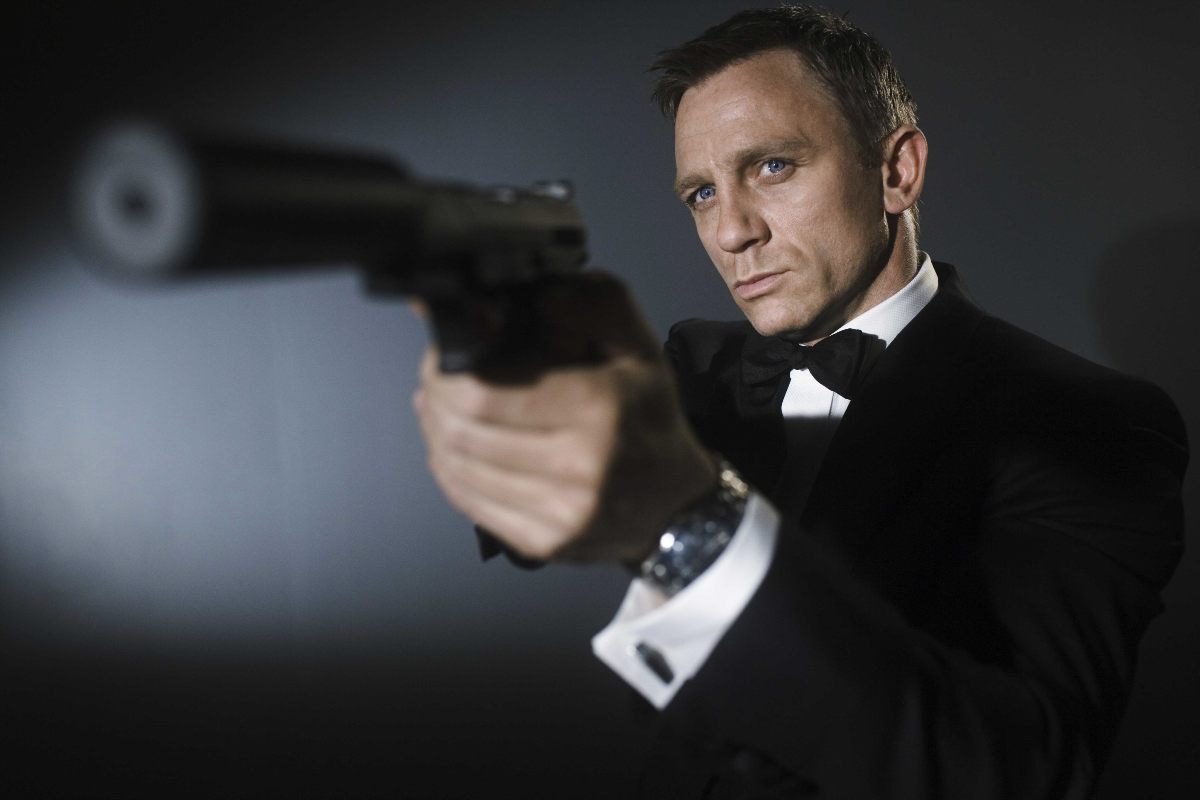 Conclusion
Conclusion
Daniel Craig’s involvement in LGBTQ+ narratives reflects a cinematic zeitgeist moving towards authenticity and inclusiveness. His gay characters, whether in Glass Onion or Queer, are rendered with a rare blend of realism and reverence. Yet it remains imperative to recognize that Daniel Craig is not gay. He is, however, an actor dedicated to portraying the broad spectrum of human emotion and experience. In doing so, he enhances the visibility of marginalized identities and enriches contemporary cinema.
Frequently Asked Questions (FAQs)
Is Daniel Craig gay in real life?
No, Daniel Craig is not gay. He is married to Rachel Weisz and has publicly affirmed his heterosexuality.
Why did Daniel Craig play a gay character?
Craig portrayed gay characters to reflect real life and champion inclusivity in film.
Has Daniel Craig commented on LGBTQ+ representation?
Yes, he has emphasized the normalcy of gay relationships and the importance of reflecting all aspects of life through cinema.

